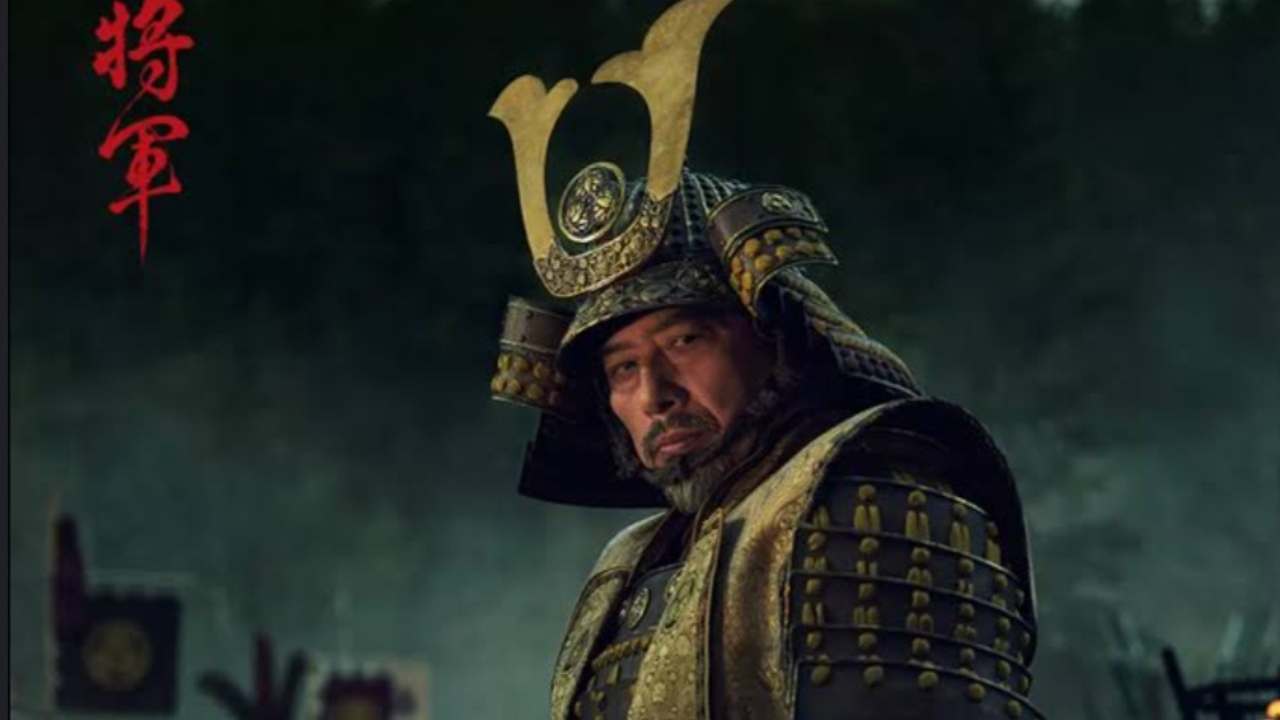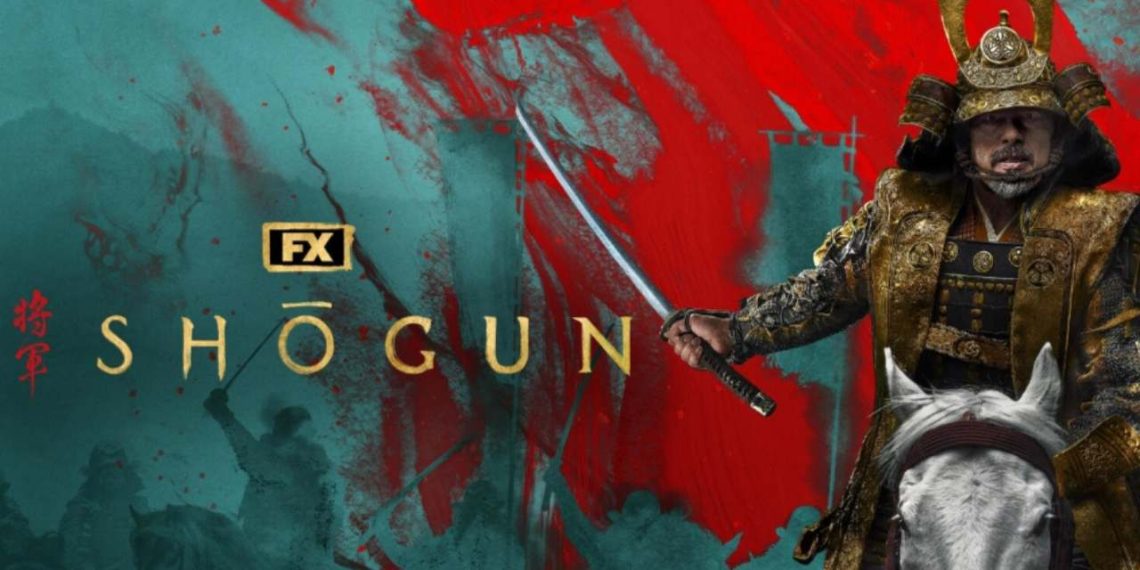Among the myriad of shows drawing parallels to “Game of Thrones,” many replicate its genre tropes. From “The Lord of the Rings: The Rings of Power” to “Foundation,” fantasy and sci-fi series flourish, capitalizing on the success of a groundbreaking hit that demonstrated the allure of intricate lore and expansive maps beyond fan gatherings.
However, in crafting “A Song of Ice and Fire,” the literary foundation of the HBO epic, George R.R. Martin drew as much from the tumultuous Wars of the Roses as from Tolkien’s Middle-earth.
Prior to the introduction of dragons and White Walkers, “Game of Thrones” rooted itself in historical authenticity: the intricacies of political alliances, familial strife, and the specter of vast armies on the march.
“Shōgun,” the epic novel spanning nearly 1,200 pages penned by James Clavell in 1975, is a fictional masterpiece deeply rooted in the historical milieu of Japan circa 1600.

Its protagonist, English sailor John Blackthorne, mirrors the real-life figure of William Adams, a remarkable Westerner who adeptly integrated himself into Japan’s secluded society.
Serving as Blackthorne’s patron and confidant is the warlord Toranaga, a character fashioned after Tokugawa Ieyasu, whose influential shogunate endured for over two and a half centuries.
The 1980 miniseries adaptation of “Shōgun” featured renowned actor Toshiro Mifune and was narrated by Orson Welles, captivating audiences with its depiction of feudal Japan.
However, in its 2024 revival, a project spanning over a decade, creators Justin Marks and Rachel Kondo have uncovered the essence of epic television: a delicate equilibrium between grand spectacle and nuanced character exploration.
The FX series proposes that rather than crafting entirely new realms for ambitious storytelling, Hollywood might find inspiration by delving deeper into our own world.
In just 10 episodes, “Shōgun” skillfully immerses viewers into a labyrinth of tensions and allegiances, compelling their engagement while delivering a satisfying narrative arc.
The exposition adeptly sets the stage as Blackthorne (portrayed by Cosmo Jarvis) ventures blindly to the island archipelago, driven by a mission to challenge the Portuguese trade monopoly shrouded in secrecy.
Yet, the power struggle between colonial forces soon fades into the background, giving way to the intricate web of intrigue ensnaring Blackthorne, known to his hosts as “Anjin,” or pilot.
As the 17th century unfolds, Japan finds itself mired in a power struggle. With the death of the reigning shōgun, the realm is governed by an uneasy truce between an underage heir and a council of five regents, notably Toranaga (played by Hiroyuki Sanada).
Surrounding Toranaga is a diverse ensemble, each driven by conflicting motives: chief rival Ishido (portrayed by Takehiro Hira) maneuvers to exploit the instability, while feudal deputy Yabushige (played by Tadanobu Asano) carefully gauges the shifting tides of power.
Ex-royal consort Lady Ochiba (portrayed by Fumi Nikaido) harbors resentment towards Toranaga, influenced by her family’s past.

The introduction of Christianity by the Portuguese adds another layer of complexity, with Toranaga’s loyal subject Lady Mariko (played by Anna Sawai), a convert and the last survivor of a disgraced samurai clan, serving as a crucial link between cultures.
Notably, the use of Portuguese requires Mariko’s translation for Blackthorne, a detail amusingly addressed through TV conventions.
Despite its Western origins, “Shōgun” refrains from pandering to a Western audience or over-relying on Blackthorne as a surrogate. Instead, it portrays a narrative centered on cultural exchange during a period of limited global connectivity.
Creators Marks and Kondo maintain an unflinching portrayal of customs, even those deemed extreme by modern standards, such as the prevalence of ritual suicide.
They eschew presenting Blackthorne as a conduit for Western judgment or insight. The visual tapestry of Japan, brought to life by director Jonathan van Tulleken, production designer Helen Jarvis, and costume designer Carlos Rosario, is a testament to meticulous attention to detail.
From the sprawling cityscapes of medieval Osaka rendered with CGI to the intricacies of textiles, every element contributes to an immersive experience rather than voyeurism. The inclusion of subtitled Japanese further enhances authenticity.
“Shōgun” embraces the hallmarks of contemporary prestige television, including explicit depictions of sex and violence, elements largely absent in the 1980 adaptation.
From harrowing scenes of boiling alive to visceral close-range cannon fire, the reboot fearlessly explores the darker facets of its narrative canvas. However, its true distinction lies in its characters, who defy conventional archetypes with their nuanced morality and lack of clear-cut righteousness, a trait synonymous with acclaimed TV dramas of the new millennium.
Hiroyuki Sanada, who also serves as a producer, imbues Toranaga with a sense of honor and skill befitting a decorated warrior, yet the series refuses to accept his professed disinterest in greater power at face value.
Tadanobu Asano’s portrayal of Yabushige balances blustering opportunism with undeniable likability, while Anna Sawai’s Mariko transcends her role as a translator, revealing depths of character through her troubled marriage and steadfast convictions.
As “Shōgun” progresses, it delivers meticulously crafted action sequences characteristic of a martial tale. Instead of sprawling battles, the focus narrows to intimate confrontations, such as two boats racing to escape a harbor or a lone fighter confronting a group of adversaries.
This tighter scope not only reflects practical considerations but also underscores the series’ emphasis on interpersonal dynamics often overshadowed in the chaos of warfare. While superficial parallels exist with “Game of Thrones” — including multiple contenders vying for an empty throne and a storyline involving childhood friends on opposing sides of a power struggle — it is the shared focus on human relationships that truly links the two series.
This emphasis on character-driven narratives positions “Shōgun” as a worthy successor to the realm of captivating event television.




